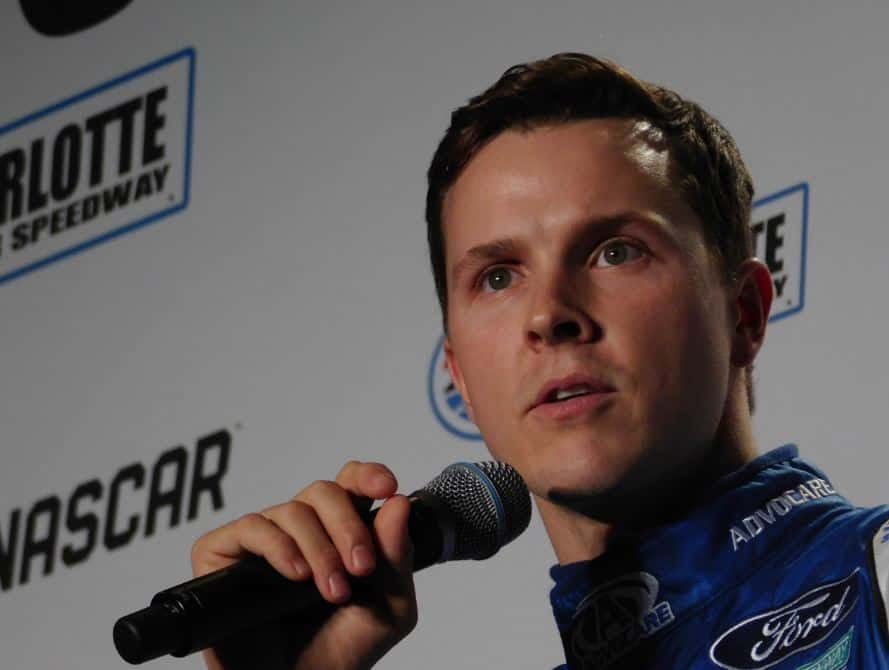When compared to the first 52 editions, the 2011 Daytona 500 looked like the product of a dream. It reinvented the wheel of superspeedway racing, and it looked different from any Daytona 500 that had come before it.
For starters, Daytona International Speedway was beginning to show its age. The track was last repaved in 1979, and the 2010 Daytona 500 had lengthy delays after pieces of concrete surface broke apart in the middle of the action. After the conclusion of the 400-mile race later that July, Daytona was repaved in time for the start of the 2011 Speedweeks.
But that wasn’t the only big change, as the weekend also featured smaller restrictor plates, new tires and new front bumpers. When combined with the new pavement, the new changes led to an entirely new product at Daytona: tandem racing.
Instead of forming huge packs of cars like the Daytona 500s of the past, the 2011 500 only took two to tango. With a pushing car hooked to the rear end of a leading car, the two-car tandems would run fast enough to leave solo cars in the dust.
For this Daytona 500, everyone needed to find a partner at the dance. This was further facilitated by each team’s ability to communicate via radio with any other team in the middle of the race. This strategy aid helped with finding pairs during the restarts in addition to pulling off mid-race switches. The switches were necessary because a car that served as a pusher would eventually overheat without proper airflow. Thus, during long green flag runs, each pair of cars would eventually have to pull off the switcheroo, with the pushing car becoming the leading car and vice versa.
The tandems didn’t come without concerns, though. One of the concerns is that when the race came down to the final laps, the pushing cars were often out of the picture. They had to push the car in front to victory or risk freefalling through the field if they disconnected from the partner. It wasn’t impossible for the pushing car to win (as shown by Kevin Harvick’s textbook last lap pass of Jamie McMurray at the Talladega Superspeedway trioval in April 2010), but it was a tall order for them to pull it off.
As the teams arrived for the start of Speedweeks, the Chevrolet teams under the Earnhardt-Childress engine alliance looked to have the upper hand. They swept the four superspeedway races in 2010, as McMurray won the Daytona 500, Harvick won at Talladega in April plus Daytona in July while Clint Bowyer won…
Click Here to Read the Full Original Article at …

